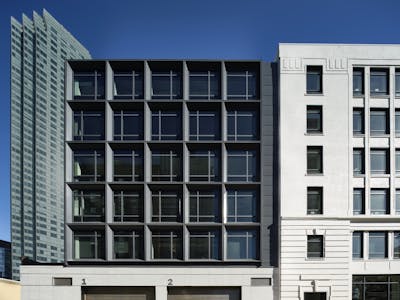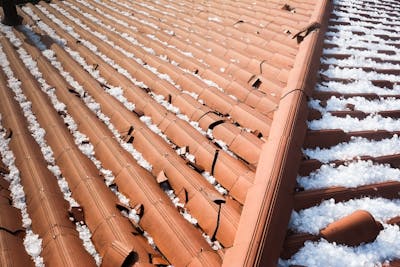This article by Matt Nebel was originally published in the 1st quarter 2022 issue of Panstadia & Arena Management.
Overview
Imagine—you are seated in the stands, food and beverage in hand, cheering on your favorite sports team, surrounded by 70,000 other ecstatic fans. The day is warm, your team wins, and now these memories are ingrained for a lifetime.
Unfortunately, not all scenes have played out this idyllically. On November 13, 2015, three explosions occurred outside the Stade de France in Saint-Denis during an international football match between France and Germany.
Other attacks have occurred at venues or events, including the Manchester Arena bombing in 2017, the Bastille Day truck attack in 2016, and recently in the United States during the Waukesha Christmas parade vehicle attack on November 21, 2021.
Current Mitigation
As owners, operators, designers, and constructors of venues that attract and gather tens of thousands of fans for entertainment, we have a responsibility to learn from the past and improve upon how we design, build, and operate our venues to mitigate attacks.
Now, this is not to say that we are not already addressing potential vulnerabilities at our venues because venues are incorporating fantastic physical and operational security measures including:
- Vehicle impact-resistant elements such as bollards
- K-9 bomb-detection units
- Security operations manuals and plans
- Personnel and vehicle screening equipment
- Blast resistant design elements (window systems & trash receptacle
Assessing the Future
However, what does the future include? In the United States, one such program can be used by venues to enhance safety and security. The Department of Homeland Security SAFETY Act provides critical legal protections from third-party liability arising out of an act of terrorism. Venue owners and operators can seek SAFETY Act protections for how they design and construct their venues. The roadmap of the SAFETY Act award process, coupled with the expertise of physical security professionals, provides event organizers with a science-based approach to making our event spaces safer and more secure.
Our secure design team at Walter P Moore urges that specific elements of the SAFETY Act roadmap be incorporated into venue design:
- Complete a threat, vulnerability, and risk assessment (TVRA) for the venue utilizing a qualified, professional consultant. A TVRA should be completed for existing venues and new venues.
- For new venues, incorporate physical and operational security measures during the early stages of the project so these design elements can fi t in seamlessly with the aesthetics and are also captured in the project’s budget.
- Engage with local public safety officials (e.g. police, state or Federal officials, bomb squads)
- Validate through physics and engineering the placement and design of vehicle impact-resistant elements by completing a vehicle vector analysis
As attacks on soft targets have increased in recent years, SAFETY Act awards have become highly regarded by venue owners and operators. At least one professional sports league in the U.S. requires existing and new venues to receive a SAFETY Act award
Akmal Ali, Founder and CEO of Aluma, a risk management and security consulting firm, and former Deputy Director of the SAFETY Act Office, summarises: “Achieving the SAFETY Act not only protects companies against potential enterprise-crippling liability but provides established best practices for securely designing and constructing your venue. The goal is that you will never have to be in the position to use those liability protections in the first place.”



